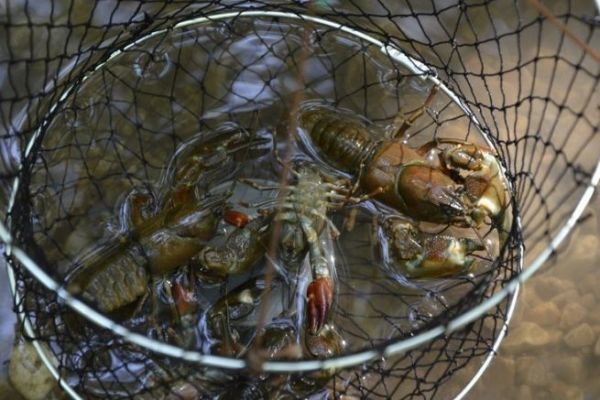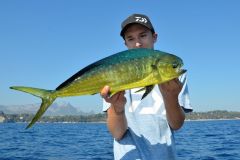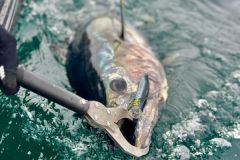Ban on transporting live crayfish
Transporting certain species of live crayfish is totally prohibited by law. Indeed, the article of February 14, 2018 concerning the prevention of the introduction and spread of invasive alien animal species on metropolitan territory mentions that the transport of certain crayfish is prohibited.
This includes the following crayfish species, known as allochthonous crayfish. This simply means that they are not native to France.
- American crayfish (orconectes limosus)
- California signal crayfish (pacifastacus leniusculus)
- Louisiana crayfish (procambarus clarkii)
- Marble crayfish (procambarus virginalis)
How to castrate a crayfish?
To castrate a crayfish correctly, simply grasp the telson, i.e. the central part of the crayfish tail, between your fingers, make a quarter turn and pull with a sharp tug.
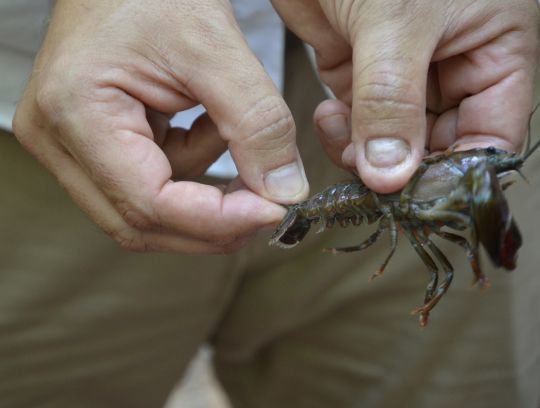
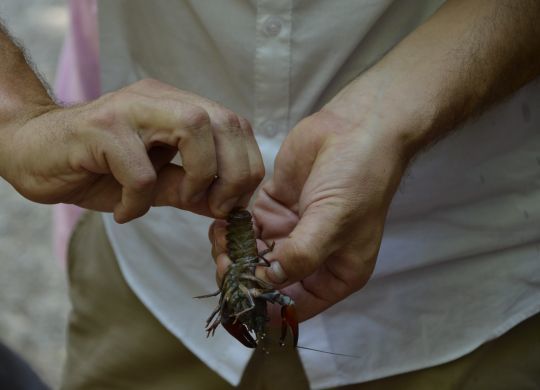
This removes the crayfish's digestive tract, leading to its rapid death.
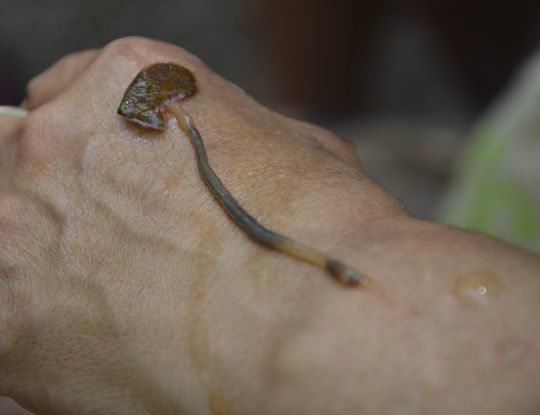
Once you've got the hang of it, it's a quick and easy operation. What's more, castrating a crayfish removes the bitter taste that might be released if the intestine is not removed before cooking the crayfish.
Transporting crayfish
Once this operation has been carried out, the crayfish must be transported in a cool place. Especially in the heat of summer, crayfish can quickly turn bad if transported at room temperature. Transporting them in an icebox is highly recommended, as soon as the first heat arrives.
Identifying crayfish species
Please note that some native crayfish species, such as the white-clawed crayfish and the torrent crayfish, are protected or subject to very specific regulations. It is therefore essential to ask your local federation or Aappma about the various laws in force, and to know how to differentiate between the different crayfish species.

 /
/ 